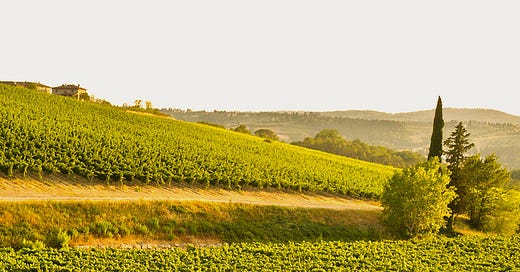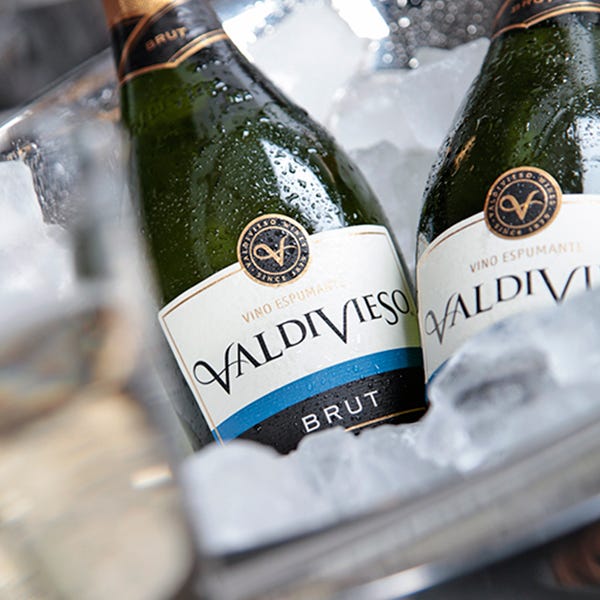Chile’s reputation may lean heavily on Cabernet Sauvignon and Carménère, but its sparkling wine sector has quietly gained ground in cooler regions such as Casablanca, Bío-Bío, Leyda, and even parts of Limarí. Maritime breezes and significant diurnal temperature swings create an ideal environment for grapes like Chardonnay and Pinot Noir—key for traditional-method bottlings. Chile’s tank-fermented sparklers also draw interest, catering to a range of budgets and palate preferences.
Core Attributes
Cool Coastal Influence
Proximity to the Pacific fosters foggy mornings and mild afternoons, preserving crisp acidity in Chardonnay, Pinot Noir, and sometimes Riesling.Soil Diversity
Sandy, clay, and granite soils underpin a broad flavor spectrum—from lean, mineral-driven cuvées to fruitier expressions with gentle tropical notes.Method & Style Range
Traditional-method wines can see extended lees aging (seeking brioche or nutty nuances), while tank-fermented bottlings generally emphasize fresh, primary fruit.
Why It Matters
Elevation of Quality
Producers increasingly invest in premium sparkling projects, viewing cool-climate viticulture as an avenue to stand out on the international stage.Sustainability & Experimentation
Many estates employ sustainable vineyard practices, while some experiment with extended lees contact, lower dosage styles, and creative blending.Competitive Price Point
Compared to other New World sparklers, Chilean fizz often over-delivers on value, sparking growing interest among wine enthusiasts seeking everyday bubbles.
Quiz Prompt
How do maritime influences in regions like Casablanca and Bío-Bío help maintain the acidity required for sparkling wine?
Why might tank-fermented Chilean sparklers appeal to a different consumer segment than traditional-method wines?
Premium Subscriber Content
Deep Dive – Terroir, Techniques & Challenges
Chile’s narrow geography means vineyards can be located within a short drive from both the Pacific Coast and the foothills of the Andes.
Keep reading with a 7-day free trial
Subscribe to Daily Terroir: Exploring Wine Regions One Day at a Time to keep reading this post and get 7 days of free access to the full post archives.






